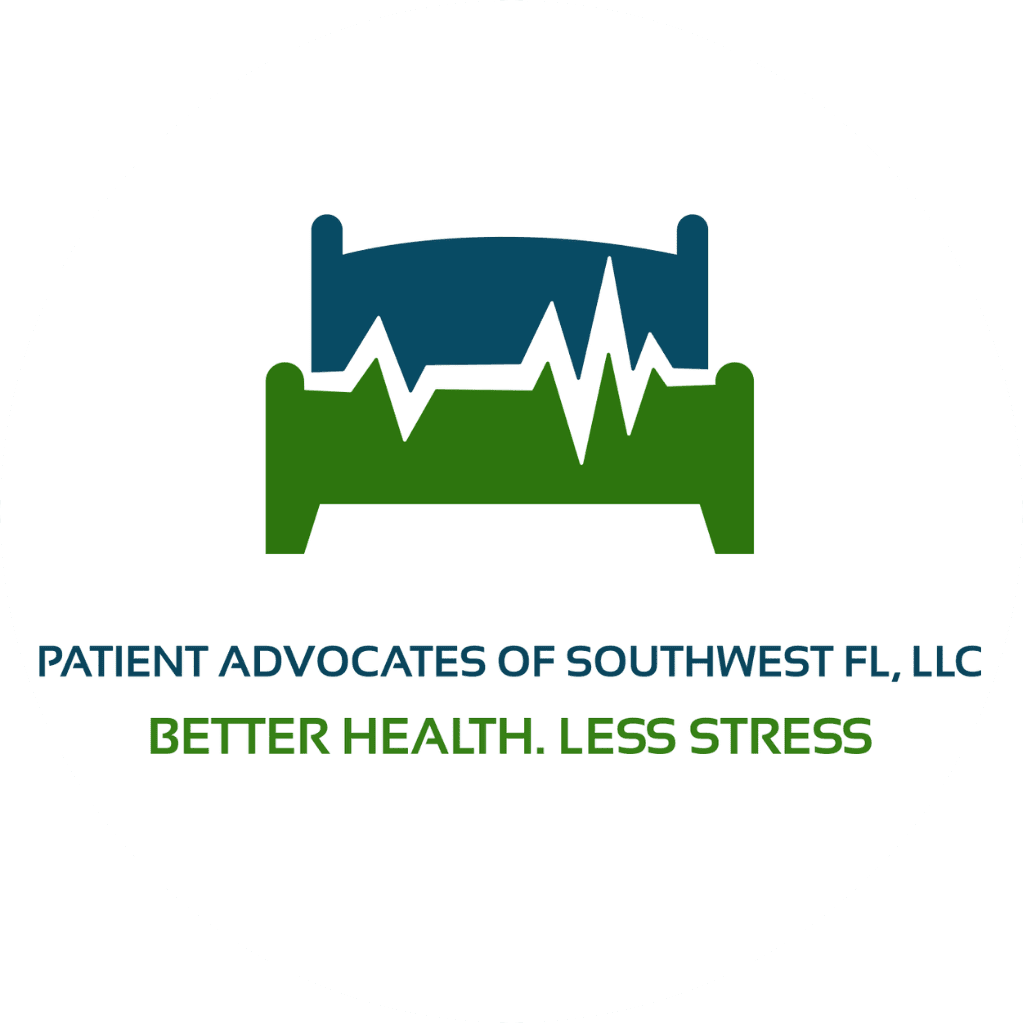
Empowering Healthcare Journeys: How Patient Advocates Navigate Through a Broken Healthcare System

Posted on January 23, 2024
In the heart of every patient's journey through the labyrinth that is the U.S. healthcare system lies a narrative of frustration, confusion, and all too often, trauma. Dr. Robert H. Schmerling, in his poignant article on July 13, 2021, dared to ask a question echoing in the minds of countless Americans: "Is our healthcare system broken?" This inquiry, fueled by stark realities, takes us on a journey exploring the complexities, dysfunctions, and the high cost of a system that, despite its expense, leaves many dissatisfied.
The Cost-Quality Paradox:
Dr. Schmerling illuminates a critical paradox – the exorbitant cost of healthcare in the United States does not equate to the highest quality. Our nation, despite outspending other high-income countries, lags on key health measures such as life expectancy, preventable hospital admissions, suicide rates, and maternal mortality, when compared to. This revelation challenges the assumption that higher spending automatically translates to superior healthcare outcomes.
The Maze of Inequity:
1. Tied to Employment:
One glaring flaw in our system is the entwining of health insurance with employment. A layoff not only jeopardizes financial stability but also access to crucial healthcare services. This structural vulnerability leaves individuals in a precarious position, especially during economic uncertainties.
2. Healthcare Disparities:
The cruel tendency to delay or deny high-quality care to those who can least afford it perpetuates healthcare disparities. The vulnerable are often left at the mercy of a system that fails to prioritize their needs, perpetuating a cycle of inequity.
3. Cost Containment Strategies:
Health insurers, grappling with the challenge of containing costs, sometimes resort to discouraging necessary care. This unfortunate reality places financial considerations above patient well-being, compromising the very essence of healthcare.
4. Overemphasis on Technology and Specialty Care:
Our system's fixation on disease, specialty care, and technology sidelines preventive care. The consequences are not just financial but extend to a population deprived of proactive measures that could alleviate future health burdens.
5. Innovation Stifled by Payment Structures:
The current payment structures for private and government-based insurance can stifle innovative healthcare delivery. This stifling effect denies patients the benefits of evolving and more effective treatment options.
6. Fragmented Care and Defensive Medicine:
Fragmentation plagues our healthcare landscape, leading to defensive medicine – a practice driven by the fear of lawsuits rather than the genuine pursuit of patient well-being. This defensive approach not only escalates costs but may compromise the quality of care.
The Role of Patient Advocates:
In this mess that is our system, patient advocates emerge as powerful allies – a hedge against the chaos. As dedicated professionals, we play a crucial role in guiding individuals through the complexities, offering support and understanding in a system often marked by disparities and inefficiencies.
1. Navigating Bureaucracy:
Patient advocates serve as navigators in a sea of bureaucracy. We decipher complex forms, untangle medical jargon, and streamline the process, ensuring that patients have the knowledge to access the care they need without unnecessary hurdles.
2. Fostering Communication:
Advocates bridge communication gaps between patients, healthcare providers, and insurers. We ensure that critical information is conveyed accurately, fostering a collaborative environment that prioritizes the patient's well-being and aligns with clients’ needs and beliefs.
3. Empowering Patients:
In a system that often leaves individuals feeling disempowered, patient advocates empower clients to actively participate in their healthcare decisions. We provide education, guidance, and, when needed, a voice for those navigating the maze of healthcare complexities.
4. Promoting Preventive Care:
Advocates champion preventive care, emphasizing its importance in a system overly focused on reactive measures. By promoting a holistic approach to health, we contribute to breaking the cycle of costly interventions and fragmented care.
5. Mitigating Disparities:
Patient advocates champion for justice within the healthcare system, one client at a time. We work tirelessly to mitigate disparities, ensuring that every individual, regardless of their socioeconomic status, receives fair and equitable access to quality care.
Conclusion:
As we reflect on the deeply rooted problems highlighted by Dr. Schmerling, the role of patient advocates becomes increasingly evident. Navigating the broken system requires not only medical expertise but also compassion, empathy, and a commitment to addressing the trauma inflicted on patients. In a system marred by disparities, inefficiencies, and broken promises, patient advocates stand as allies, providing solace, understanding, and a pathway to more equitable and patient-centered healthcare.
Let’s Talk About What You Need
Healthcare decisions can be overwhelming, and having the right guidance makes all the difference. Whether you’re exploring patient advocacy for the first time or looking for support with a specific situation, I’m here to help you understand your options and next steps.
Reach out today to schedule a 30-minute discovery call, and together we’ll see if we’re the right fit to support you.
Contact Us
Give us a call
(941) 267-7109Send us an email
[email protected]